Exclusive: NYC's Museum of Arts and Design on why Barbiecore will never be out of season
New York, New York - Barbie takes Manhattan in the Museum of Arts and Design's (MAD) latest exhibit! Barbie: A Cultural Icon puts a special emphasis on the doll's style influences as well as her own impact on the fashion world.
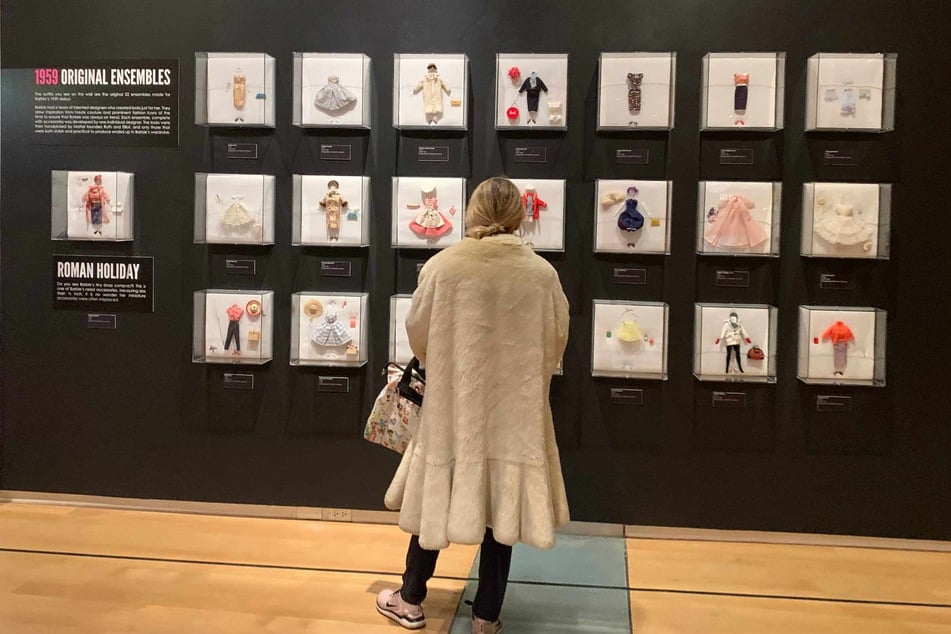
TAG24 NEWS got a special look at the fashion-focused exhibit for its opening day on Saturday, and the sprawling two-floor show is every Barbie girl's dream.
The exhibit, made in collaboration with Illusion Projects and Mattel, Inc., celebrates the 65th anniversary of Barbie with over 250 vintage dolls, life-sized versions of the fashions, ads, ephemera, and exclusive interviews with Barbie doll designers.
Barbara Paris Gifford, senior curator at MAD and receiving curator for this exhibit, told TAG24 NEWS that this traveling exhibit represents about a fourth of Barbie collector David Porcello's personal inventory, which fashion historian Karan Feder referenced in her 2023 book Barbie Takes the Catwalk: A Style Icon's History in Fashion.
Because toy manufacturer Mattel didn't keep a historical collection of the doll, private collections have become key to the preservation of Barbie's history.
Shortly after Feder's book was published, she and Porcello worked together to create an exhibition based on the idea. The traveling exhibit has visited various institutions across the world, with MAD being the fifth host museum.
If you look around the exhibit design for Barbie: A Cultural Icon, however, you may be surprised to see that much of the stereotypical ultra-femme pink and sparkly "Barbiecore" aesthetic is absent from this exhibit and the historical dolls featured throughout it.
The Barbie artifacts in these shining glass cases show a very different conception of how the popular consciousness imagines the doll and her legacy. But why the modern misapprehension?
"It’s a cultural kaleidoscope," Gifford explained. "She means different things to different people depending on when they came in."
In other words, Barbiecore will never be out of season – but she will still evolve, the curator added: "Barbie is a universe of different kinds of depictions, and it will continue to do that! The [Barbie] movie will be vintage someday, too, but Barbie will continue."
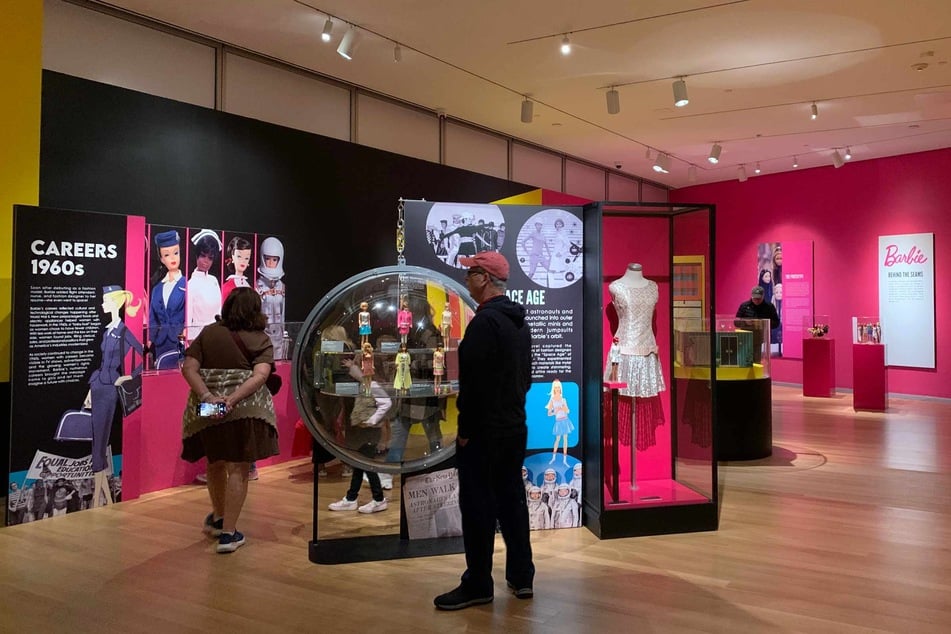
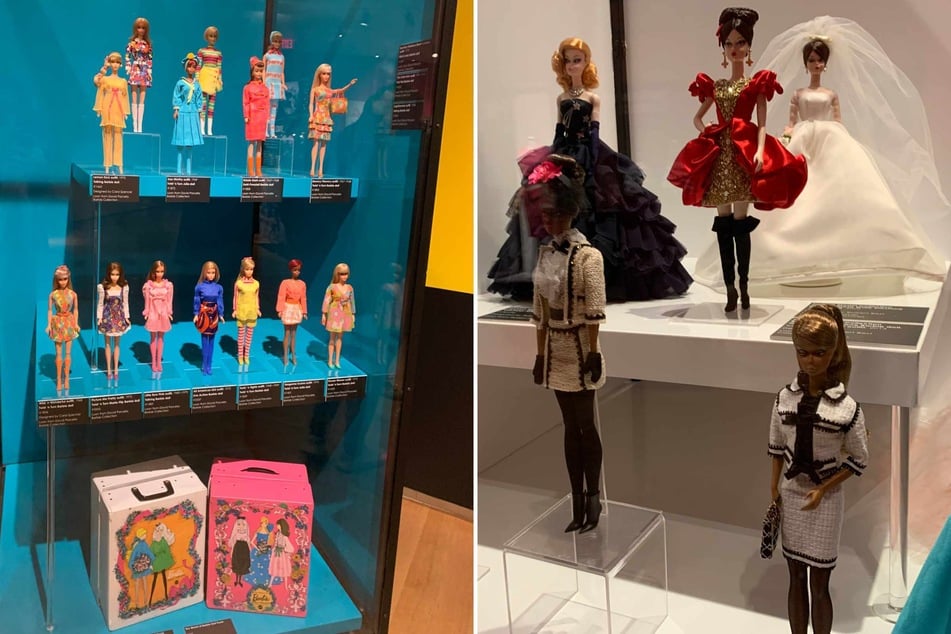
Barbie creator Ruth Handler and designer Charlotte Johnson took initial inspiration from Balenciaga
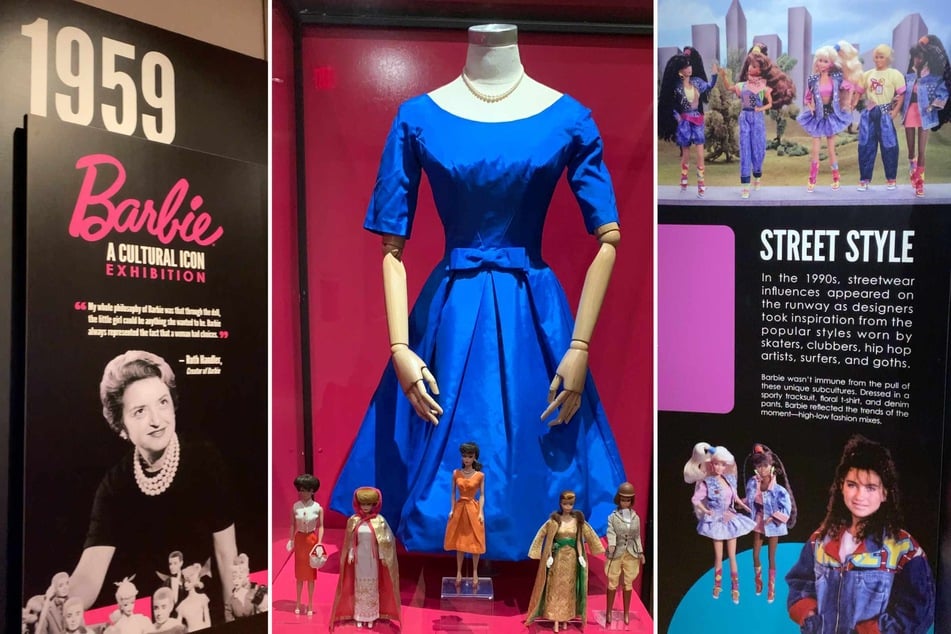
"The birth of Barbie, or how something is brought into the world, remains seminal to who they are or what that object is. And Barbie was always meant as sort of a contemporary – even sometimes progressive – statement," the curator said.
She explained that, when creator Ruth Handler introduced Barbie to the world at a New York toy fair on March 9, 1959, she launched the doll with 22 outfits.
Those pint-sized styles were designed by Charlotte Johnson but highly influenced by Balenciaga.
"Ruth and Charlotte had gone to Paris [and] had seen Balenciaga go down the runways... it was important to them that Barbie embody what Balenciaga was doing at the time because what he was doing was modern. It was progressive, [and] it said something very confident about Barbie," Gifford said.
"That ethos of the more powerful, feminine, up-to-date, bleeding edge – those kinds of ideas stayed with Barbie all the way through."
The exhibit itself echoes the idea that Barbie dolls act in conversation with the fashion world, both mirroring and trend-setting in turn, as in the case of Jeremy Scott's 2014 Moschino campaign in which life-sized Barbies strutted down the runway at Milan Fashion Week.
"You very much have this dialogue of who's leading who at this point," Gifford said.
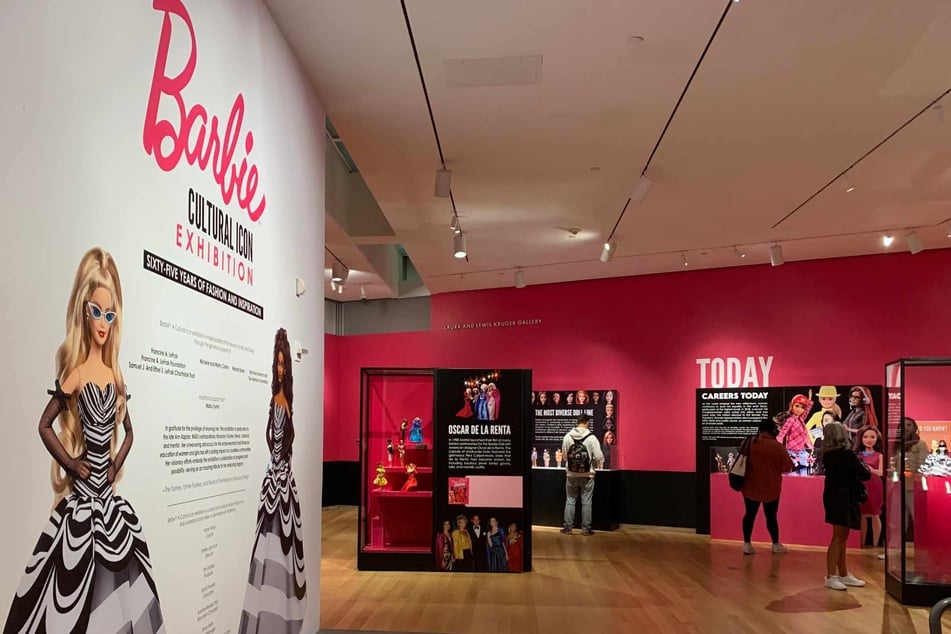
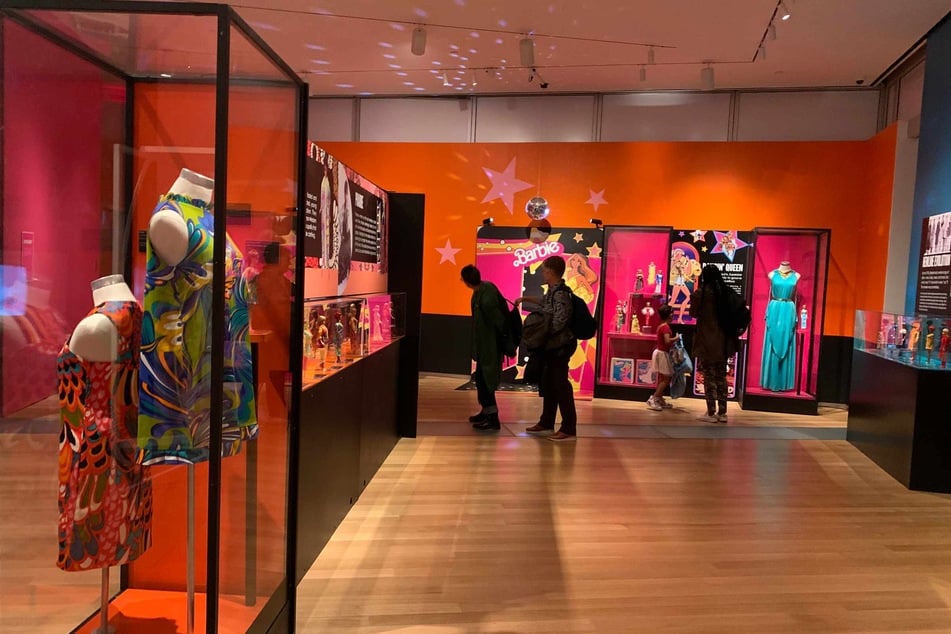
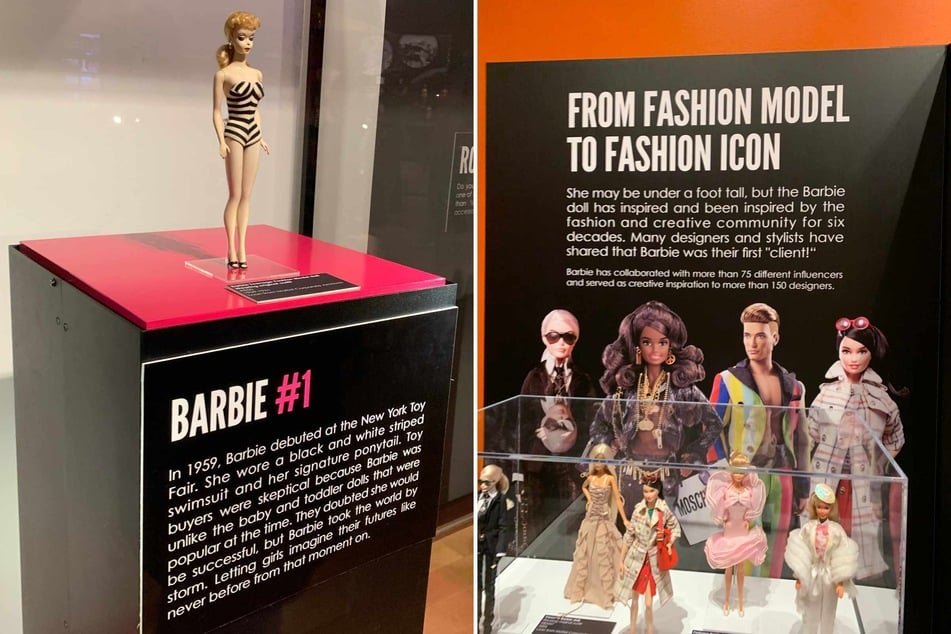
How is this Barbie exhibit unique to New York City?
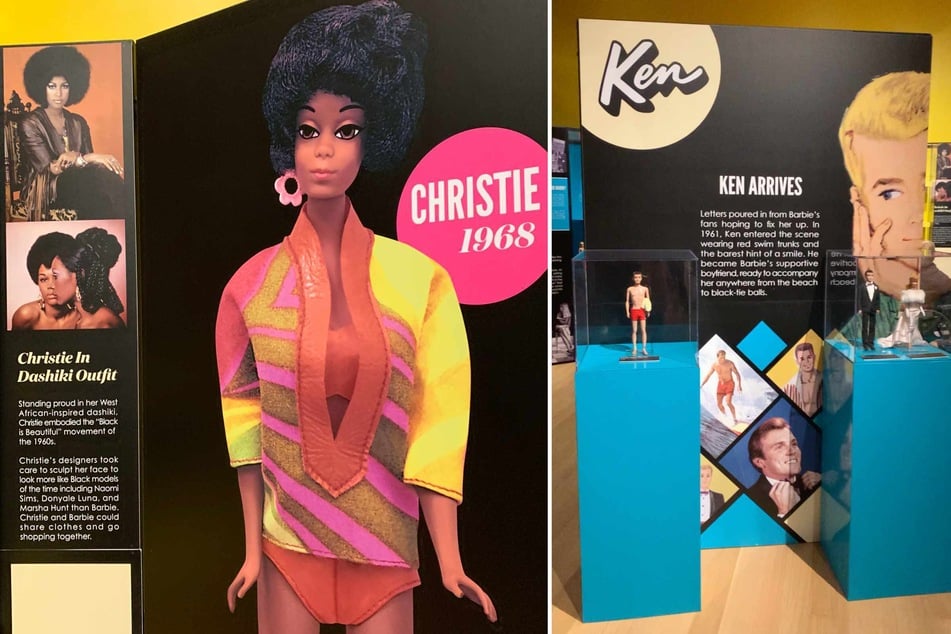
Although the exhibit's intended audience appears to skew toward adults, there were more than a few exuberant little girls skipping along the aisles of dolls and interacting with the immersive elements like the life-sized Barbie dream car and the Barbie doll box photo op.
"There are a lot of children in New York of course," Gifford began, "but our queer population is so key for us and so representative of us... they're our people."
Diverse (multi-racial, queer-coded, and differently-abled) depictions of Barbie and Ken dolls are spotlighted throughout the space, which was an important consideration in putting together a Barbie exhibit in New York City.
"Everybody has to feel included in this," the curator said. "We wanted to make sure that certain voices were showcased and included and there would be recognition of, hey, I have been considered here throughout the exhibition."
But what do visitors to the MAD have to say about Barbie: A Cultural Icon?
"I love it! I feel like they’ve done a really good job giving an overview of the history of Barbie," gushed Kelli Smith (54). "Barbies were really important to me... I lived out in the country and I had no neighbors so it was just my sister and I, and we had a younger brother – it was just us and the Barbies. That was our little world," she said.
"It’s neat to see that they’re still appreciated and that these little girls can all see the history of Barbie. It makes me happy to see that there’s children here and not just old ladies!"
Another visitor was brought into the Barbie fold by Grega Gerwig's 2023 Barbie movie: "I was not a Barbie fan growing up, but I loved the Barbie movie and I loved the Barbie message and am now a Barbie fan!"
Sisters Myka Smith (20) and Amirah Smith (22) explained that, although they were more into Cabbage Patch Kids when they were younger, they were both fascinated to see the fashion evolution of Barbie dolls over the years in different time periods from before they were born.
Some special highlights for Myka and Amirah were learning the history of "Black Barbie" and the 1980s area of the exhibit.
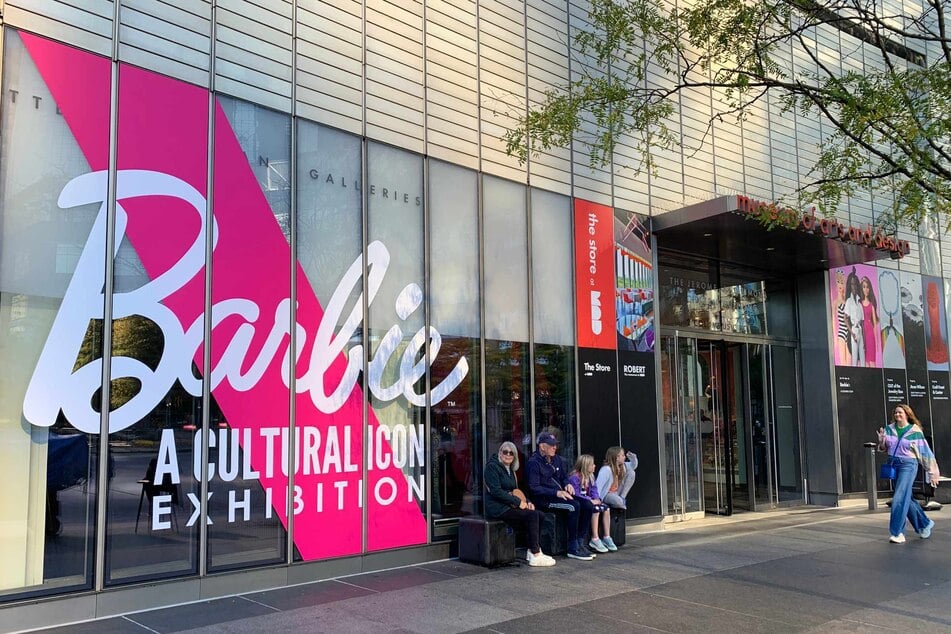
Check out Barbie: A Cultural Icon at the Museum of Arts and Design in Manhattan, open to the public from October 19–March 16, 2025.
And don't worry, you don't have to wear pink if you don't want to. Take a cue from Barbie herself and simply come as you are! (Accessories not included.)
Cover photo: TAG24 NEWS / Steffi Feldman